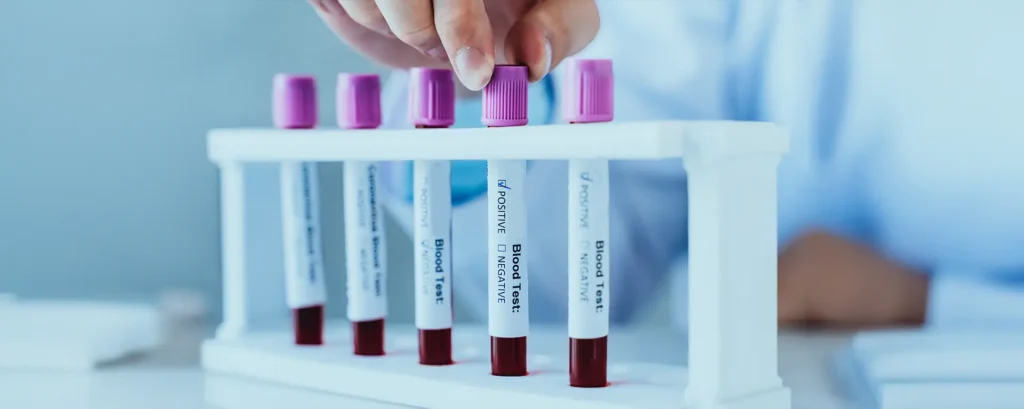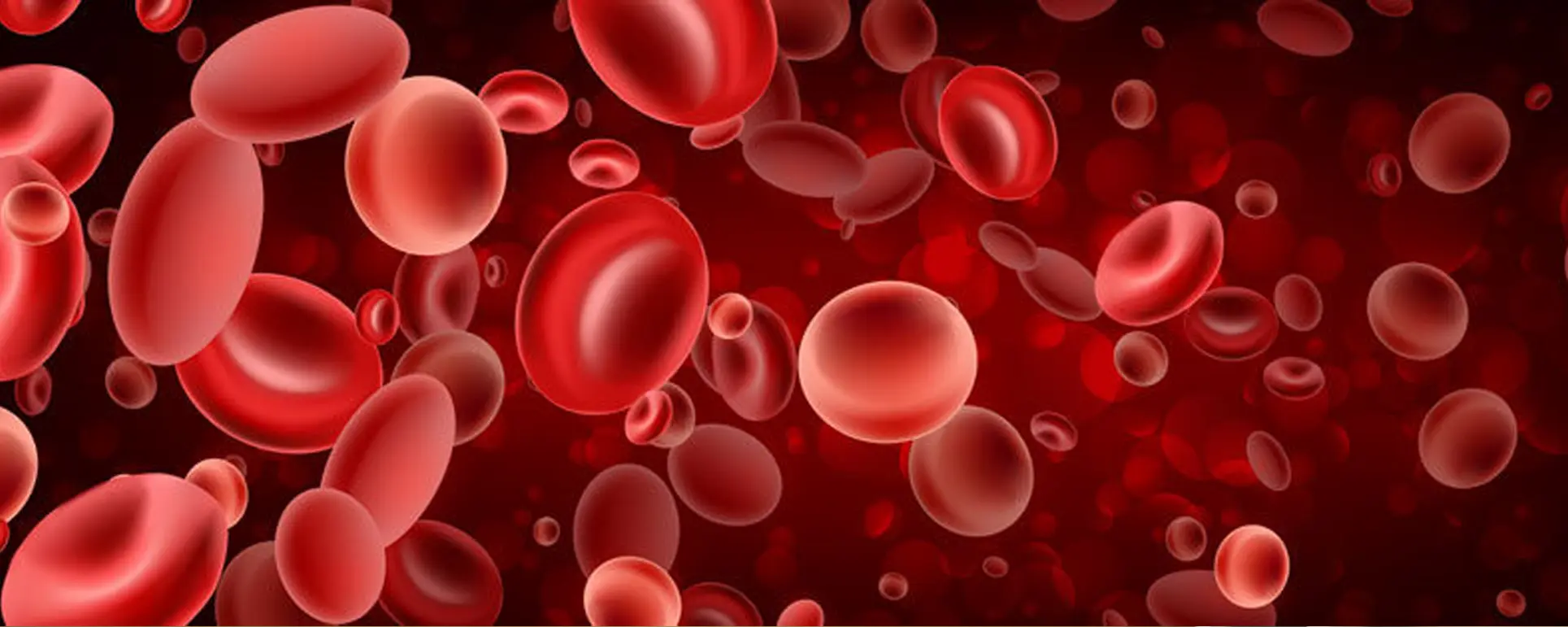So, you’ve been told you need cataract surgery, but you also live with haemophilia. Understandably, that might make you nervous. Cataract surgery is a delicate procedure at the best of times, and when you add a bleeding disorder like haemophilia into the mix, it demands even more attention to detail and preoperative care. But the good news is, with the right medical support, cataract surgery can be carried out safely—even if you have a severe clotting disorder.
This article walks you through everything you need to know, from understanding how haemophilia affects surgery to what you can expect during recovery. Whether you’re newly diagnosed or have been managing haemophilia for years, this guide will help you approach the experience with confidence.
Understanding Haemophilia in the Context of Surgery
Let’s start with the basics. Haemophilia is a genetic condition in which the blood doesn’t clot properly. Most people have heard of haemophilia A (lack of factor VIII) and haemophilia B (lack of factor IX), and both can lead to spontaneous bleeding or excessive bleeding after injury or surgery. This naturally raises concerns when planning any surgical intervention—especially one involving delicate tissues like those in the eye.
In routine surgeries, bleeding is usually controlled with a combination of pressure, cautery, and time. But with haemophilia, your body’s natural clotting cascade is disrupted. Even a tiny surgical wound might pose a significant risk without proper clotting factor coverage. That’s why surgical planning always starts well before the actual operation day.
Is Cataract Surgery Particularly Risky in Haemophilia?
You might be wondering if eye surgery is somehow more dangerous for someone with haemophilia than other types of procedures. Interestingly, the eye is a small and contained space, which makes intraoperative bleeding more noticeable and potentially vision-threatening. But paradoxically, because cataract surgery involves only tiny incisions (often less than 3mm), the overall bleeding risk is lower than in major surgeries. Still, that doesn’t mean we take it lightly.
Even minor bleeding inside the eye could lead to serious complications—such as increased intraocular pressure or haemorrhage into the vitreous cavity. That’s why the surgical and haematology teams will work closely together to manage your clotting levels both before and after surgery.
Planning Ahead: The Role of the Haematologist

Before anything happens in the operating theatre, your haematologist will need to assess your current clotting factor levels. This involves blood tests and a detailed look at your medical history, including any inhibitors you may have developed. Inhibitors are antibodies that neutralise clotting factors, and they can complicate treatment significantly.
Based on this assessment, a perioperative plan is drawn up. This will likely involve prophylactic infusions of the missing clotting factor—whether that’s factor VIII or IX—administered before surgery to bring your levels up to normal. In some cases, repeated infusions will be required for several days postoperatively, especially if there’s any sign of bleeding or delayed wound healing.
Surgical Technique: Gentle, Precise, and Minimally Invasive
Now let’s talk about the operation itself. Cataract surgery is typically performed using a technique called phacoemulsification. This involves using ultrasound to break up the cloudy lens and remove it through a tiny incision. An artificial lens is then inserted in its place. The process is quick—usually under 30 minutes—and doesn’t involve stitches in most cases.
For someone with haemophilia, surgeons take extra care to minimise tissue manipulation. They may also use additional measures to reduce bleeding risk, such as using the smallest possible instruments and applying pressure with minimal force. Importantly, the anaesthesia team is also involved in ensuring a smooth experience. Local anaesthesia is generally preferred over general anaesthesia, as it reduces systemic risks and allows for quicker recovery.
Factor Replacement Therapy: Timing Is Everything
Clotting factor replacement isn’t a one-size-fits-all protocol. It’s tailored to your body weight, haemophilia type, and whether you’ve had inhibitors in the past. Generally, factor replacement starts on the morning of the surgery, ensuring your blood is primed to clot normally.
Depending on your response, your haematologist might prescribe continued infusions for a few days after surgery. This helps with any microtrauma from blinking, rubbing the eye accidentally, or even tear production. Some patients also receive antifibrinolytic agents like tranexamic acid to help maintain clot stability in the delicate post-op period.
The Importance of Multidisciplinary Care

What makes cataract surgery safe for people with haemophilia isn’t just one magic technique—it’s the collaboration between multiple specialists. Your ophthalmologist, haematologist, anaesthetist, and nursing team will all be aligned on your care plan. This may involve pre-operative meetings, shared care protocols, and even real-time communication during surgery.
This kind of team approach is particularly essential if you’ve had a history of inhibitor formation, joint bleeds, or have a co-existing condition like HIV or hepatitis C (which can sometimes accompany older haemophilia diagnoses). Nothing is left to chance, and every step is carefully coordinated.
Post-Operative Recovery: What to Watch Out For
Once the surgery is done, your eye will be bandaged and you’ll usually be discharged the same day—provided your clotting levels remain stable. But this doesn’t mean the hard work is over. The post-op period is just as critical as the surgery itself. You’ll need to use prescribed eye drops (usually steroids and antibiotics) exactly as directed to reduce inflammation and prevent infection.
For the first few days, avoid rubbing your eyes, lifting heavy objects, or bending forward. These movements can increase eye pressure and disrupt healing. In the context of haemophilia, even mild trauma could lead to a bleed, so extra caution is advised. If you experience pain, blurred vision, floaters, or a sudden increase in redness, contact your ophthalmologist immediately.
Follow-Up Care: More Than Just an Eye Check
Follow-up visits typically occur within 24–48 hours of surgery and then again at one week and one month. During these visits, your eye pressure, wound healing, and visual acuity are all checked. But if you have haemophilia, there’s an added layer—your haematologist may also want to review your factor levels and ensure that no delayed bleeding has occurred.
Some patients are advised to wear an eye shield while sleeping for up to a week post-op, which prevents accidental rubbing. You may also be instructed to temporarily stop certain medications that can affect bleeding, such as aspirin or NSAIDs—if they are part of your routine.
What About Inhibitor-Positive Patients?
Inhibitor-positive haemophilia is one of the more complex scenarios. If you have high-titre inhibitors, standard factor replacement may not work. In these cases, bypassing agents like recombinant activated factor VII (rFVIIa) or activated prothrombin complex concentrates (aPCCs) might be used instead. These agents help form a clot via alternative pathways.
Surgery for patients with inhibitors is never rushed. Your haematology team will typically do a test run of your treatment protocol before surgery to make sure it’s effective. They may also opt for in-hospital recovery rather than same-day discharge to monitor you more closely.
How Long Until You Can See Clearly Again?
This is a common question regardless of haemophilia status. Most people start to notice an improvement in vision within a few days, though full healing can take several weeks. If your eye pressure stays within normal limits and your retina remains healthy, your outcome is likely to be excellent.
The presence of haemophilia doesn’t mean you’ll have worse visual results—it just means extra care is needed to get you there safely. With the right support, your vision should improve just as it would for anyone else having cataract surgery.
Frequently Asked Questions (FAQs)
- Can people with haemophilia safely undergo cataract surgery?
Yes, people with haemophilia can have cataract surgery safely, but it requires very careful planning. The key is to control the bleeding risk through tailored clotting factor replacement and close coordination between your haematologist and ophthalmic surgeon. Cataract surgery itself involves very small incisions and minimal blood loss in most patients, but in haemophilia, even minor trauma can lead to serious bleeding if not managed properly. With the right protocol in place, including pre-op and post-op monitoring, the risks can be effectively minimised. - What steps are taken before surgery to prepare someone with haemophilia?
Before surgery, your haematology team will evaluate your clotting factor levels and decide on the best replacement strategy based on your weight, haemophilia type, and presence of any inhibitors. You’ll usually be given a dose of the appropriate clotting factor (VIII or IX) before the operation to ensure your blood can clot normally during surgery. Additional medications, like antifibrinolytics, may also be used to help prevent any breakdown of formed clots. Your surgeon will be fully briefed, and a multidisciplinary plan will be in place before you even arrive on the day. - Will I need to stay in hospital longer after cataract surgery because of my haemophilia?
Not necessarily, though it depends on your individual bleeding risk and response to factor replacement. Many patients with well-managed haemophilia are able to go home the same day, provided there are no complications and your clotting factor levels remain stable. However, if you’ve had issues with inhibitors, past surgical bleeds, or other complications, your care team may opt for an overnight stay to observe you more closely. The decision is based on clinical judgement rather than a one-size-fits-all approach. - What happens if I have inhibitors to factor VIII or IX?
If you’ve developed inhibitors, this makes the process more complex but still manageable. Your haematologist will likely use bypassing agents such as recombinant activated factor VII or activated prothrombin complex concentrates instead of standard factor replacement. These medications work via different pathways to promote clot formation. The surgical plan will be adjusted accordingly, and your recovery may be monitored more intensively. In some cases, your surgery may take place in a specialist centre where advanced haemophilia care is available on-site. - Does haemophilia affect the type of anaesthesia used during cataract surgery?
Yes, it can. Most cataract surgeries are performed under local anaesthesia, which is generally preferred for patients with haemophilia because it avoids the additional bleeding risks sometimes associated with general anaesthesia. For local anaesthetic injections around the eye, extra care is taken to avoid injury to surrounding blood vessels. Your anaesthetist will work closely with your haematologist to ensure any injections are performed safely and your bleeding risk is fully accounted for. - What are the signs of postoperative bleeding I should watch out for?
After cataract surgery, you should be on the lookout for increasing redness, eye pain, blurred vision, or floaters, as these could signal bleeding or other complications. Any sudden worsening of your vision, or a feeling of pressure behind the eye, should be reported immediately. While bleeding inside the eye is rare in modern cataract surgery, it’s a more serious concern in patients with haemophilia, so it’s important not to ignore any unusual symptoms, even if they seem mild at first. - Will having haemophilia delay my visual recovery after cataract surgery?
Not usually. In the absence of any surgical complications, visual recovery for people with haemophilia is comparable to those without the condition. Most people start to notice improvement in their vision within a few days, with stabilisation over the following weeks. The main consideration is making sure that bleeding doesn’t interfere with healing. As long as your postoperative care is properly managed, including factor support and avoiding eye trauma, your outcomes can be just as good as anyone else’s. - Can I use my regular haemophilia treatment plan around the time of surgery?
You’ll likely need a modified version of your usual treatment plan in the days around your surgery. Your haematologist may increase your dose of clotting factor or change the timing of your infusions to provide maximum protection during and after surgery. If you’re normally on prophylactic therapy, it may be intensified temporarily. If you only treat on-demand, you’ll be moved to a perioperative replacement schedule for a few days. Everything will be individualised to make sure you stay safe. - Is there anything I should avoid after the surgery to lower my risk of complications?
Absolutely. After surgery, avoid rubbing your eye, bending forward, lifting heavy objects, or doing anything that could increase pressure in your head or strain your eye. You’ll likely be given an eye shield to wear while sleeping for a few nights to avoid accidental bumps or rubbing. Stick closely to your prescribed eye drops, and don’t miss your follow-up appointments. Even small mistakes can be costly when you have a bleeding disorder, so caution really is your best friend during recovery. - Who should I contact if I notice something unusual after surgery?
If you experience anything concerning—like sharp pain, worsening vision, swelling, or signs of bleeding—you should contact your ophthalmologist immediately. If they are unavailable, your hospital’s eye emergency clinic or the haematology on-call team should be your next port of call. Don’t try to wait it out or self-treat, especially if you have haemophilia. Prompt medical attention is the safest approach, and your care team will be prepared to respond quickly if any complications arise.
Final Thoughts: You’re Not Alone in This
Living with haemophilia can sometimes feel like you’re navigating a minefield—especially when surgery enters the picture. But when it comes to cataract surgery, you are far from alone. Surgeons and haematologists have successfully managed thousands of cases just like yours. The key lies in preparation, communication, and follow-up.
If you’re considering cataract surgery and you have haemophilia, speak to your haematology team early. Ask whether they’ve worked with ophthalmology before, and make sure your cataract surgeon understands the specifics of your bleeding disorder. And if you’re in London, London Cataract Centre has extensive experience managing complex cataract surgery cases like this.
References
- Srivastava, A., Santagostino, E., Dougall, A., Kitchen, S., Sutherland, M., Pipe, S.W., Carcao, M., Mahlangu, J., Ragni, M.V., Windyga, J., Valentino, L.A. et al., 2020. WFH Guidelines for the Management of Hemophilia, 3rd edition. Haemophilia, 26(S6), pp.1–158. Available at: https://doi.org/10.1111/hae.14046 [Accessed 18 Jul. 2025].
- World Federation of Hemophilia, 2020. WFH Guidelines for the Management of Hemophilia, 3rd edition (PDF). Available at: https://www1.wfh.org/publications/files/pdf-1863.pdf [Accessed 18 Jul. 2025].
- British Committee for Standards in Haematology, 2015. Preoperative Bleeding Risk Assessment Tool. Available at: https://www.blood.gov.au/sites/default/files/documents/2024-04/preoperative-bleeding-risk-assessment-v5.pdf [Accessed 18 Jul. 2025].

